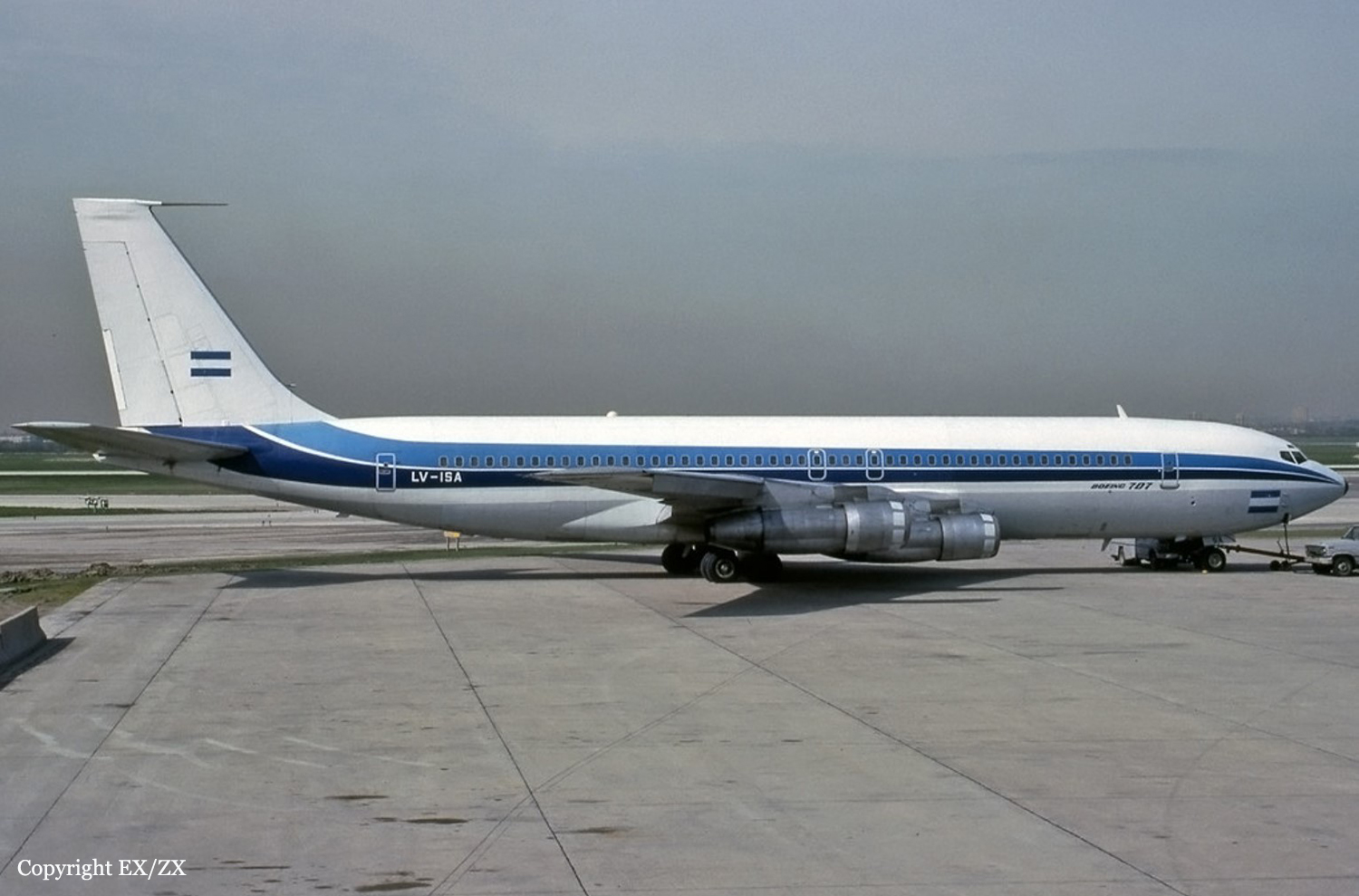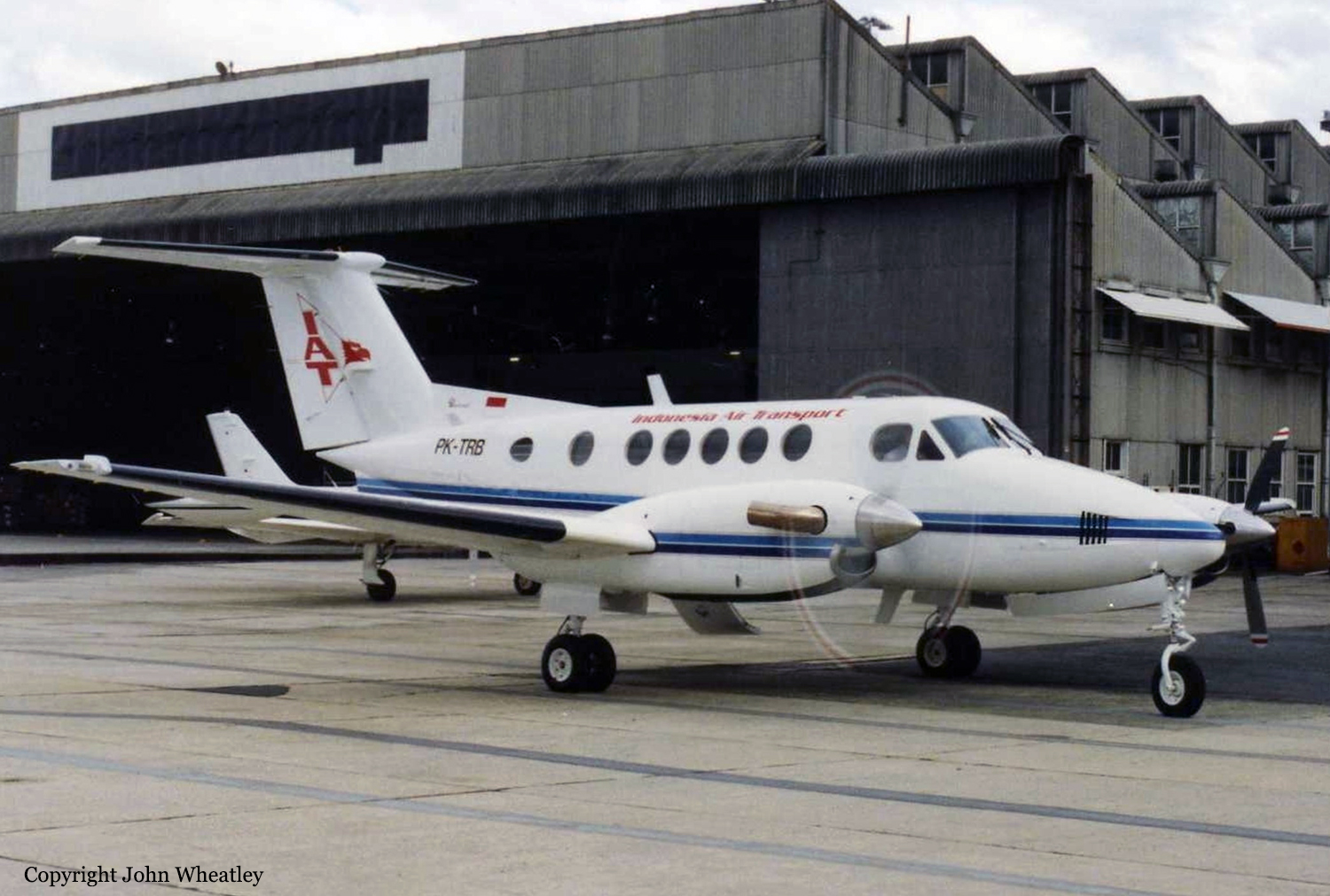Crash of a Cessna 402 in Antananarivo: 3 killed
Date & Time:
Feb 16, 1993
Registration:
5R-MTR
Survivors:
No
Schedule:
Antananarivo - Antananarivo
Crew on board:
3
Crew fatalities:
Pax on board:
0
Pax fatalities:
Other fatalities:
Total fatalities:
3
Circumstances:
The aircraft, owned and operated by the Ministère des Transports et du Ravitaillement (Ministry of Transport and Supply) was engaged in a local training flight at Antananarivo-Ivato Airport, carrying three pilots. On approach, the aircraft crashed in unknown circumstances, killing all three occupants.











